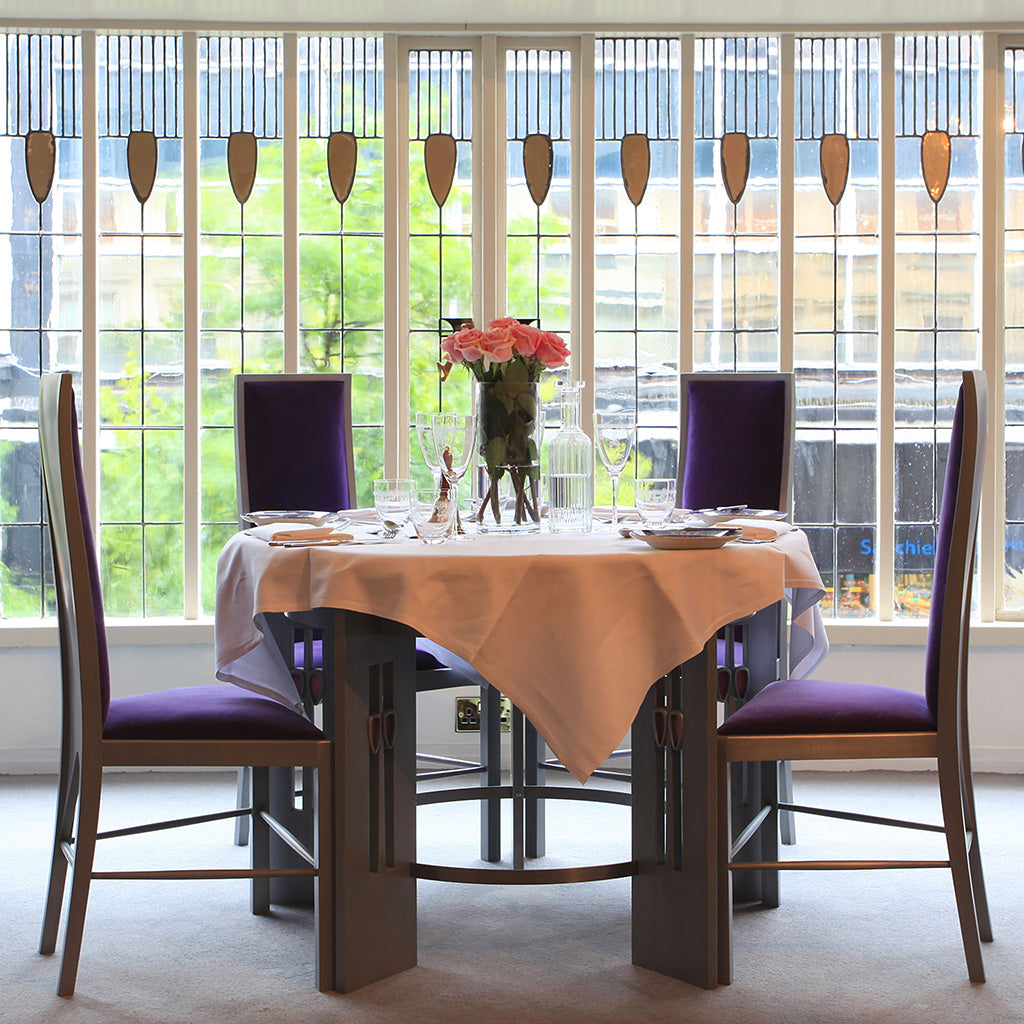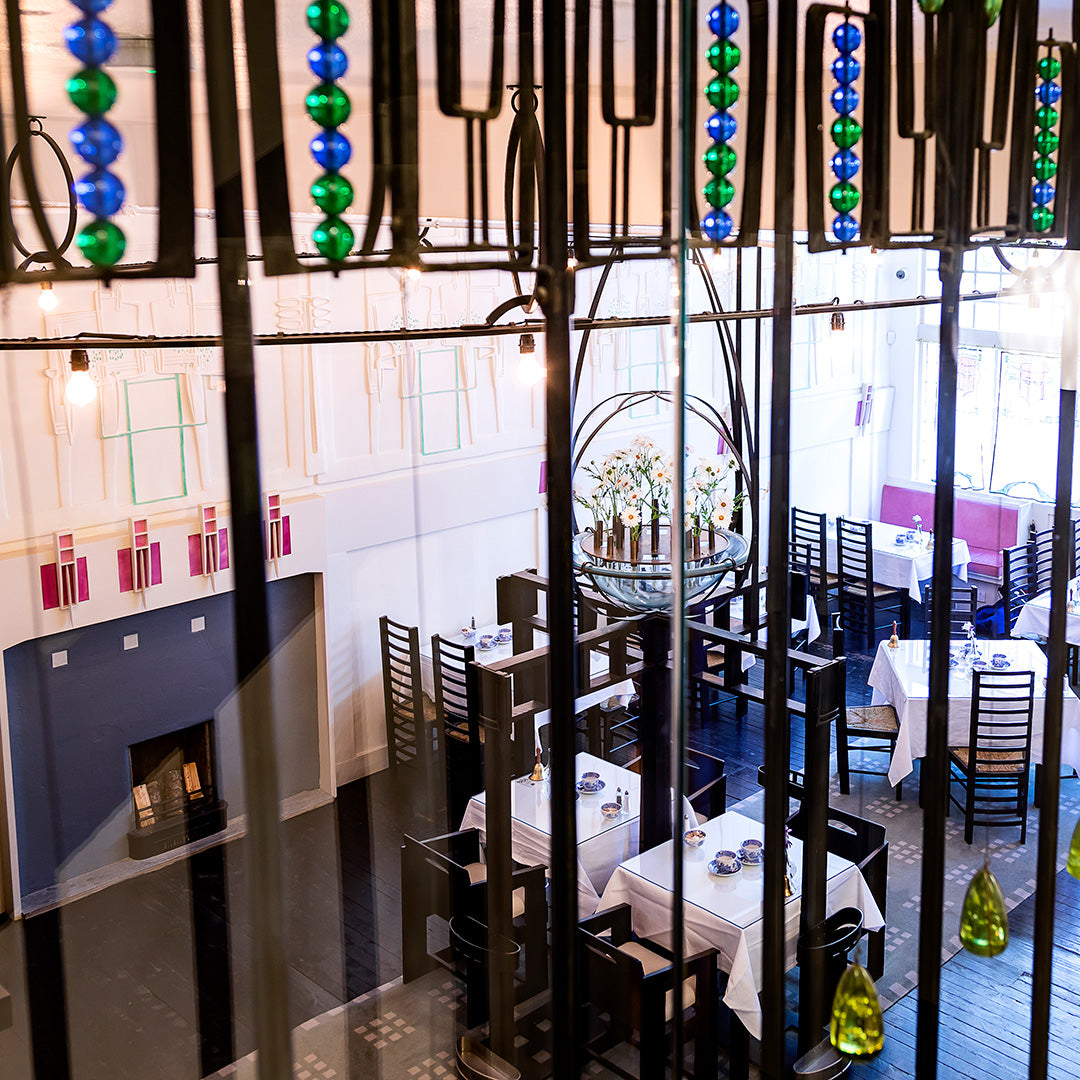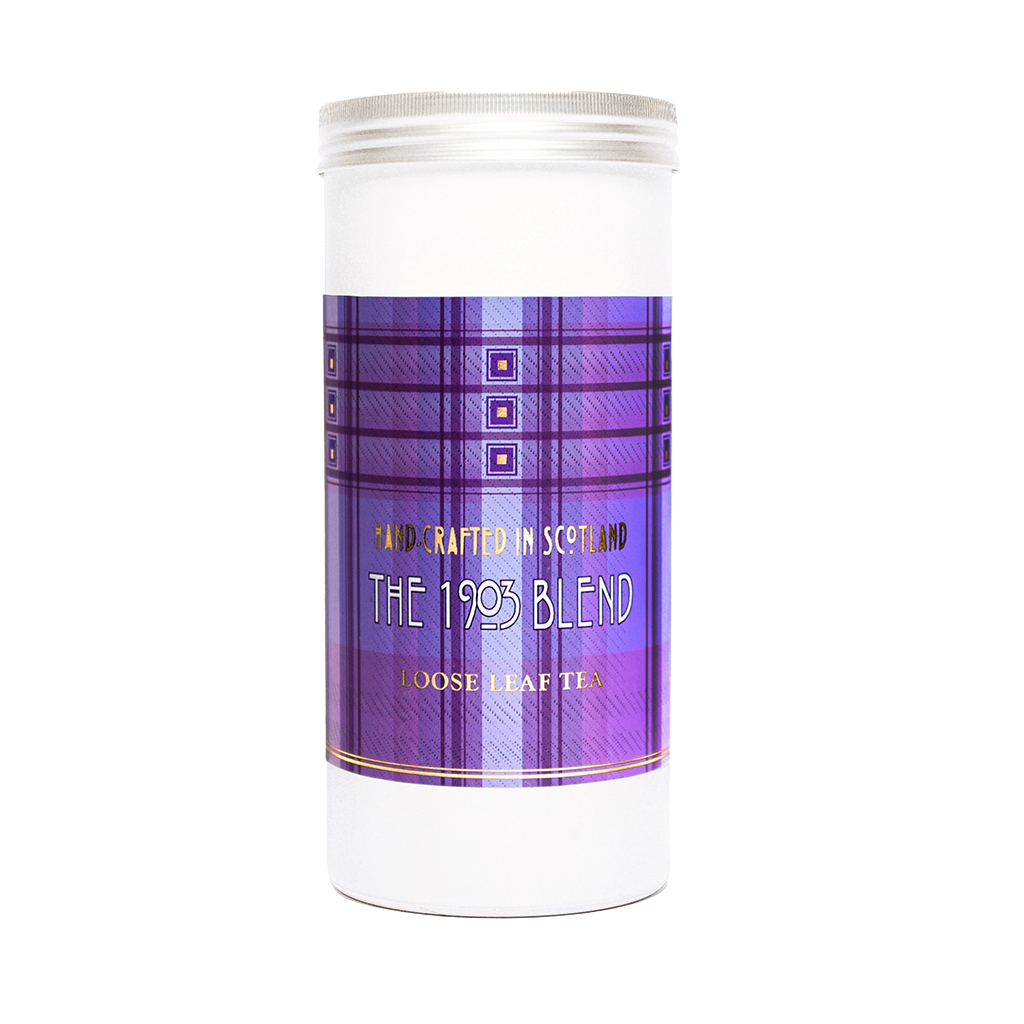Format
What's Happening
PekoeTea Wholesale
We offer an extensive range of the highest quality premium teas, both single estates sourced from tea growing regions around the world and exquisite flavoured blends made by hand in our factory in Edinburgh.
Partner With Us
PekoeTea Whitelabel
Are you interested in creating your own brand, looking to source teas in bulk or looking for a co-packer? Visit our White Label website to find out more.
Become a Stockist
Portfolio
Portfolio
Mackintosh at the Willow
Mackintosh at the Willow
Mackintosh at the Willow is situated in the original Willow Tea Rooms building, which re-opened to the public on 7th September 2018 after an extensive restoration. The original Willow Tea Rooms Building was initially opened by Miss Cranston and designed by Charles Rennie Mackintosh in 1903. You can now dine in the historic tearooms, visit the new interactive visitor centre and browse our retail store.
Mackintosh at the Willow is situated in the original Willow Tea Rooms building, which re-opened to the public on 7th September 2018 after an extensive restoration. The original Willow Tea Rooms Building was initially opened by Miss Cranston and designed by Charles Rennie Mackintosh in 1903. You can now dine in the historic tearooms, visit the new interactive visitor centre and browse our retail store.
Having been approached to supply the new Mackintosh at the Willow tea rooms with a full menu of teas, we were also asked to produce an exclusive afternoon blend that would tell the story of the history of the tea rooms. The blend was to be called the 1903 blend after the year that the original tea rooms were opened by Miss Cranston.
The 1903 blend is designed to be an alternative to a Breakfast Blend and to have the option to be taken with milk.
Having been approached to supply the new Mackintosh at the Willow tea rooms with a full menu of teas, we were also asked to produce an exclusive afternoon blend that would tell the story of the history of the tea rooms. The blend was to be called the 1903 blend after the year that the original tea rooms were opened by Miss Cranston.
The 1903 blend is designed to be an alternative to a Breakfast Blend and to have the option to be taken with milk.
The 1903 Blend contains teas from Sri Lanka(Ceylon), India(Assam) and China(Keemun).
When the Willow Tea Rooms (now Mackintosh at the Willow) first opened in 1903, Miss Cranston offered "Mandarin Tea" at a price of 2d, which we think would have been a type of "congou" black tea of the kind first imported into Scotland. Congou is derived from the term GongFu, which describes the Chinese "tea ceremony". Congou teas were thought to be of higher quality and of a grade good enough for GongFu Tea.
We have used Keemun Black Tea as the Chinese part of the blend. This tea, from Qimun in China, is made in the same traditional way congou teas would have been. Keemun has a chocolatey and creamy taste, which complements well the Ceylon and Assam teas.
Scotland has historic connections to the Sri Lankan tea industry with James Taylor from Aberdeenshire introducing tea to Sri Lanka in 1867. The Ceylon tea in the blend adds some pleasant tannins to the body of the tea.
The Assam tea is used to underpin the over flavour with a rich maltiness and body so that the blend can take a splash of milk.
Charles Renee Mackintosh used rose motifs in a many of his works and the rose petals have been added to the blend to symbolise this.
The 1903 blend is served at Macintosh at the Willow, where it can be enjoyed in the Willow Tea Rooms or purchased in the gift shop. You can also purchase this tea online on our website.
The 1903 Blend contains teas from Sri Lanka(Ceylon), India(Assam) and China(Keemun).
When the Willow Tea Rooms (now Mackintosh at the Willow) first opened in 1903, Miss Cranston offered "Mandarin Tea" at a price of 2d, which we think would have been a type of "congou" black tea of the kind first imported into Scotland. Congou is derived from the term GongFu, which describes the Chinese "tea ceremony". Congou teas were thought to be of higher quality and of a grade good enough for GongFu Tea.
We have used Keemun Black Tea as the Chinese part of the blend. This tea, from Qimun in China, is made in the same traditional way congou teas would have been. Keemun has a chocolatey and creamy taste, which complements well the Ceylon and Assam teas.
Scotland has historic connections to the Sri Lankan tea industry with James Taylor from Aberdeenshire introducing tea to Sri Lanka in 1867. The Ceylon tea in the blend adds some pleasant tannins to the body of the tea.
The Assam tea is used to underpin the over flavour with a rich maltiness and body so that the blend can take a splash of milk.
Charles Renee Mackintosh used rose motifs in a many of his works and the rose petals have been added to the blend to symbolise this.
The 1903 blend is served at Macintosh at the Willow, where it can be enjoyed in the Willow Tea Rooms or purchased in the gift shop. You can also purchase this tea online on our website.


